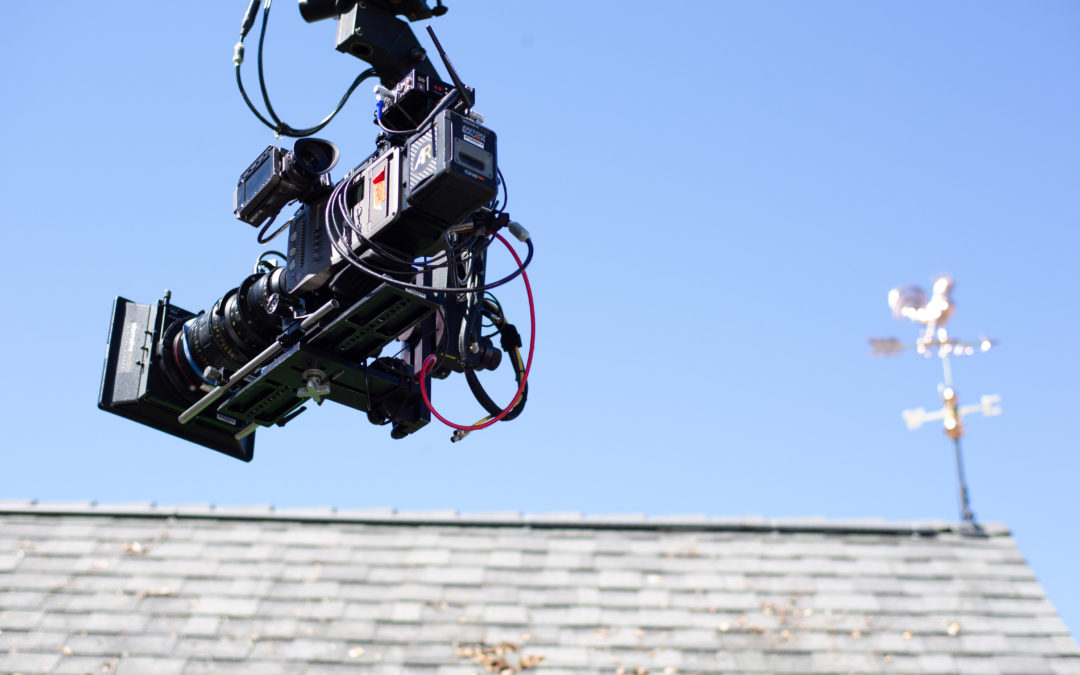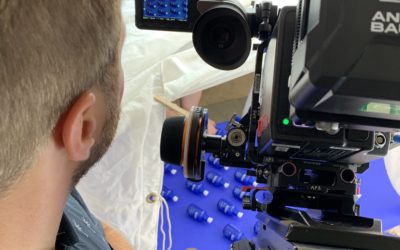Wondering how to consistently produce quality branded video content (while saving money along the way)?
Tired of managing—and deciphering—what different production company bids are offering you?
Introducing: Video production retainers
Video production retainers are a cost-effective way for digital marketers to create consistent content for their brand. Production retainers increase trust, save time and money, and create consistent deliverables for those last-minute projects and campaigns.
This article is about helping digital marketing directors of small-to-medium-sized businesses understand the benefits of using a video production retainer.
Video production retainers are typically used by businesses that don’t have internal video staff (or equipment) but want to produce consistent video content over a long period of time. Retainers are a valuable way to save time and money on content production because you don’t have to keep searching for (and hiring) a video production company every time you want to produce new content.
Ready to dive into the world of retainers? Let’s go.
What is a video production retainer?
Let’s face it.
Everyone is on a budget and deadline.
And, in most cases, if a business has a video project to produce, it has two options:
- Search, find, and hire a production company
- Rehire a company it has worked with in the past
Either way, the business is hiring a video production firm for a one-off, short-term project.
A third alternative to producing content
A third way to budget and schedule your content marketing projects is to use a production retainer. A retainer guarantees that for a certain amount of money, over a certain period of time, a production company will produce a certain amount of content on a regular basis.
You, as a digital marketer, get priority treatment, and your content is produced at a lower per-project cost (compared with continually rehiring a production company).
You can focus on your brand’s content needs while the production company focuses on delivering your content on time.
There are two common types of production retainers to consider:
1. Hourly fixed rate
Hourly fixed rate retainers are based on a proposed minimum amount of work per month over a fixed period of time, usually 6-12 months. An estimate of the number of hours per month is calculated.
For instance, if you have ongoing needs that will require X hours, the hourly rate is multiplied by number of hours.
2. Fixed assets retainer
The second common type of retainer is a fixed assets retainer.
Let’s say you need to fill your social media account with a certain number of assets every week, Monday through Friday. You and the production company agree to produce those assets every week for a set dollar amount.
If you know ahead of time that your business needs a set number of assets per month for X number of months, a production company is in a better position to offer you a financial discount.
What’s the difference between paying per project vs. a retainer?
Paying per project
Paying per project is just that: you pay for the entire project.
This includes a full-day rate for the producer, director, and video crew. In addition, it covers all the post-production time (editing, graphics, music, etc.).
For instance, if you do a video shoot for one day, the company will charge you a full day of work (plus all the post-production costs).
Even if you want to shoot a half day, the company will still charge you a full-day rate (as video crews don’t offer half-day rates).
Paying by retainer
Paying by retainer is paying by the hour.
For instance, if you have a project that only requires a half day of work, a production company will charge you just for those four hours of work at the agreed-upon retainer rate (versus paying a video crew their full-day rate).
Who benefits the most by using a retainer?
Digital marketers who don’t have an in-house production team benefit the most from retainers.
Why?
Because retainers are like having the power of your own in-house production team, but without all the associated equipment and personnel costs.
The responsibility rests on the video production company to handle issues like:
- HR (proper staffing)
- Project management
- Latest equipment (video/audio/post-production)
- Strategic planning
- Creative direction
- Production insurance
- Accounting
- Music licensing
- Casting of talent
- Talent releases
What are the benefits of a production retainer?
Because you and the production company will work closely together, integration becomes a natural process. The production company becomes your in-house video team that happens to work remotely.
There are three main benefits of production retainers.
1. Increase trust
Trust is simply the firm belief in the reliability or truth of someone.
When you move your thinking away from a “one and done” production model to a “retain and remain” model, both you and your production company will experience an increase in trust levels. Part of the trust experience could be that you believe you’re not being overcharged by the production company.
You’ll experience the satisfaction of knowing that the production company is there to solve your problems and not just mail another invoice.
Trust between both parties develops a creative and production rhythm that gets built over time with each new project. For example, the ability to reference past projects creates a shared experience for both parties; each party understands what will make the project a success.
2. Save time and money
Production retainers save you time and money because you are:
- Avoiding paying higher prices for individual projects
- Saving administrative time
- Gaining creative production time
- Streamlining communications
Why is streamlining communications important?
Because it cuts down on the amount of onboarding time needed every time you launch a new project. Retainers drastically reduce the amount of time required to gather the necessary assets for the project.
For instance, instead of spending hours sending logos, fonts, and brand guidelines at the start of every new project, you’ll need to do this only one time.
Once a production company has those assets from the start, it can spend more time on the creative strategy and production for your projects.
3. Create consistent deliverables
Imagine hiring three different production companies for three different video shoots during the course of one year. Each production company will produce slightly different deliverables (even if the quality is superb), thereby creating inconsistent results.
And that’s because with three different production companies, different people are involved in creating a product.
It’s not a quality issue . . . it’s a consistency issue.
However, if you use the same production company for all three video shoots, you know you will receive the same, consistent deliverables from each shoot.
A production company will understand the subtle nuances of your brand, like how you want things framed, lit, and color corrected. The more a production company works with you and your company, the better it will understand your needs and be able to react to last-minute changes more efficiently.
Summary
Production retainers can be a powerful tool in your digital marketing toolkit.
Are they for everyone? Not necessarily.
But if you’re looking to build trust, save time and money, and create consistent deliverables over an extended period of time, then retainers are something to consider.
Subscribe to our newsletter
Get free access to proven video and photo content production tips now!
Join 1,200 savvy digital marketing professionals who receive video and photo content production tips every month.
You’ll learn how to:
- Budget your dollars to save time and money
- Move your audience into action with production techniques
- Discern which content production trends are best for your business
- Use the different elements of content production for business success
- Set expectations for different types of projects



